
The steps you take in the 60-90 minutes immediately after an intense training session can significantly impact the speed of your recovery. Here we look at those recovery interventions and we propose a protocol that is accessible for most athletes.
Recovery is the foundational activity phase from which quality training (preparation) drives better performance. We have introduced a model for faster recovery and the 2 most important areas of focus: one that impacts the magnitude of recovery required and the other that influences your rate of recovery.
Here we look at the first of those areas: THE GOLDEN HOUR. Recovery protocols immediately after exercise that enable a faster recovery by limiting the magnitude of the recovery required. (the second area influences the rate at which you recover)
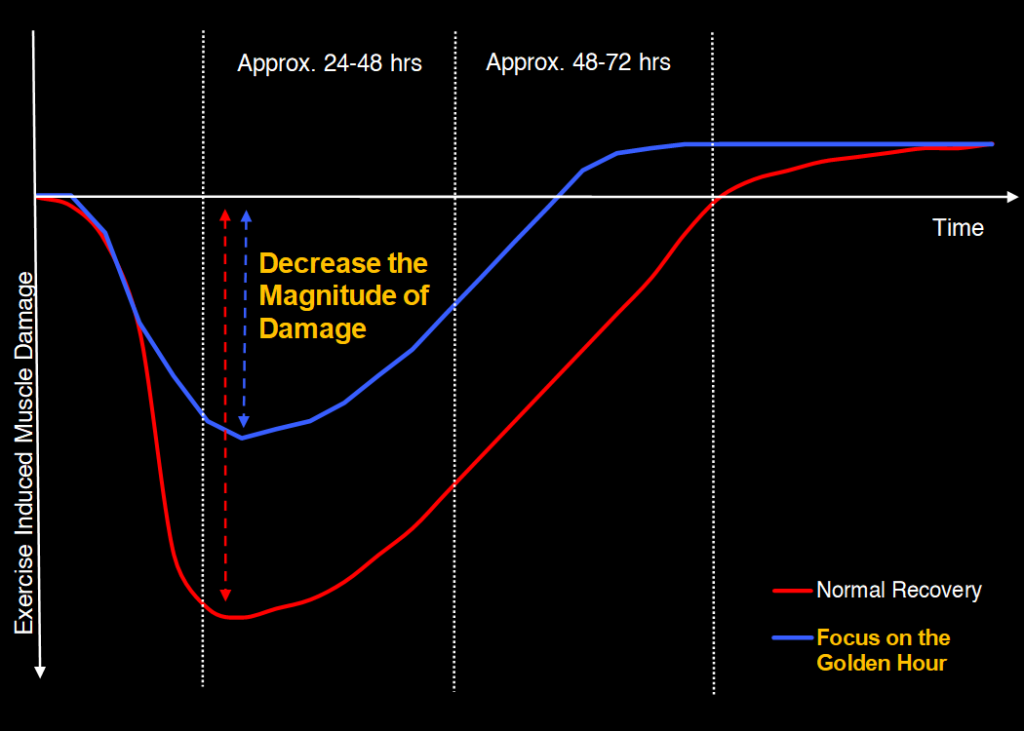
In the aftermath of exercise, muscle damage is induced. The magnitude of this damage influences how quickly your body can recover. A more intense session will be more damaging whilst a gentler session is easier to recover from.
After exercise, there are a combination of proactive steps you can take to reduce the burden of damage and help speed up recovery from those intense and more damaging sessions. We consider some of those steps that are accessible to most athletes and can be combined into a protocol that everyone could consider.
An Example Golden Hour Protocol - Starting the moment you stop
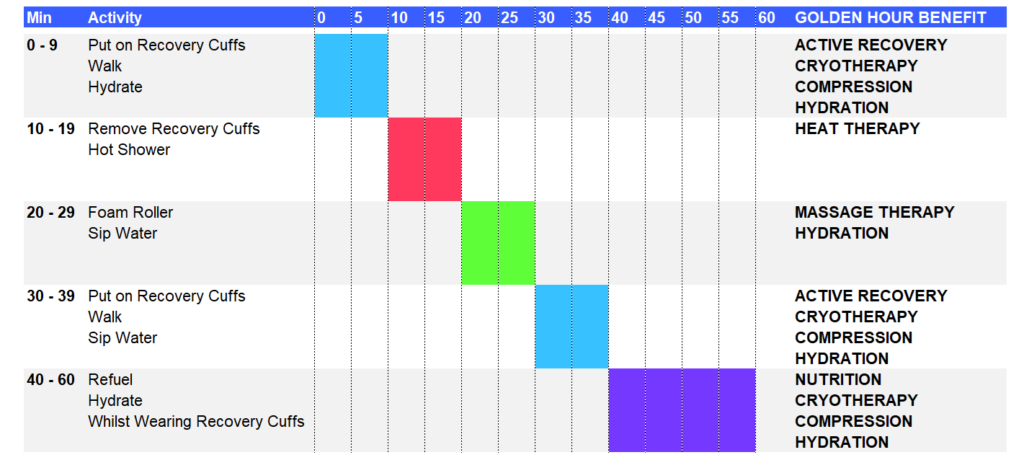
Golden Hour Interventions:
1. Active Recovery
Walk for 10-15 minutes immediately after exercise. The first 5 minutes of which might be faster than your typical walking pace.
Why? This prevents a sudden halt. You will gradually bring your heart rate down and allow a greater proportion of the metabolites and biproducts from exercise to be flushed from your system.
The goal is a gradual cool down so if it is an especially cold or wet day and you are outdoors, guard against getting too cold too quickly by adding a layer during this time.
Bonus recovery points: If you can keep active later in the day this will help too, whether it is walking the dog or popping to the shops these extra steps and movement will help.
2. Cryotherapy
Ice for 10-20 minutes as soon as possible after exercise. You want to elicit a physiological response, and this will depend on your chosen method of cryotherapy.
Why Ice? It will reduce inflammation as well as sharply cooling muscle temperature thus reducing the energy demands during this recovery phase. Ice will influence blood-flow to help remove post exercise waste products Read more about the recovery benefits of ice and the science of what matters when icing for recovery here
3. Heat Therapy
This could be a warm bath or a hot shower. It might be applying a heat pack or using a hot water bottle. Heat can be used with ice as part of a contrast therapy protocol.
Why? Heat encourages blood flow, helps to relax muscles and can help alleviate muscle soreness after exercise.
Bonus recovery points: If you are time limited during the golden hour, and so your heat therapy is limited to a hot shower, consider having warm bath about 90-minutes before bed. It will help relax muscles further and help lower your core temperature which can be important in getting to sleep quickly and having a quality night’s rest.
Compression garments are widely available. Click here to know if yours is fit for purpose.
Why? Compression is proven to have a significant impact on the recovery of muscle strength and muscle power. It is also proven to impact immediate soreness and DOMS. BUT only if 1) The pressure level is between an optimal range and 2) The pressure is graduated. Read more here. Wear your compression garment for 60 mins – 4 hours after exercise but never to bed. The level of pressure required for recovery may cause more serious issues if the garment moves whilst you are asleep.
5. Massage
Using a foam roller, a targeted massage roller, or massage gun have become common for recovery and massage therapist are often on the staff of professional sports people and teams.
Why? Massage can help muscle flexibility by breaking down knots that limit range of motion and reduce DOMS by stimulating blood flow. Massage can be time consuming, but a well-designed foam-rolling routine can be impactful over a shorter duration after exercise.
6. Post Exercise Hydration
The variation in hydration requirements between individuals is large. It is important not to force fluids down in large quantities straight after exercise – little and very often is the key.
If your sport, location, or organisation allow you to hydrate regularly during your performance then this is advised.
Practice makes perfect here. Try this if you’re just starting:
Weigh yourself before you start and again when you finish. Each 0.1Kg of weight lost corresponds to 125ml of water requirement post exercise
Why? Hydration helps to regulate body temperature. It reduces muscle cramping. It improves your bodily functions as you recover. It also helps your cognitive functions – keeping you mindful and alert
Most endurance athletes preparing for an event will consult a nutritionist who will also advise on hydration. If looking at a new electrolyte-based products, you’ll want to try this out before “game-day” to see how your body reacts.
7. Post Exercise Nutrition
You need the right balance of protein and carbohydrates for the level of exertion undertaken. Carbs will help renew glycogen stores and protein to repair, renew and restore.
Practice makes perfect here too. Try this if you’re just starting:
This might look like this:
If you’re pushed. It is very difficult to beat a pint of milk as a recovery drink.
These Golden Hour recovery interventions might seem impossibly busy to implement immediately after exercise, but as highlighted with the example protocol. If you have the right tools and establish the habits you can super-charge your recovery and feel fresh for your next big session.
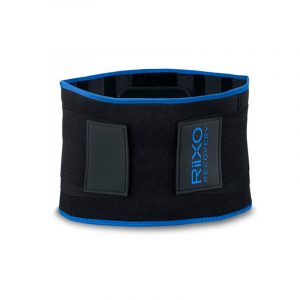

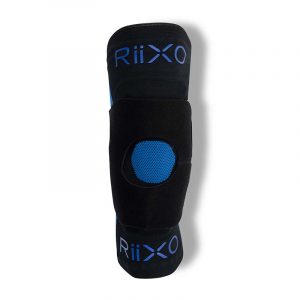

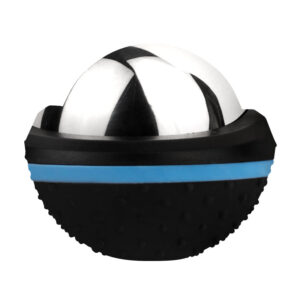
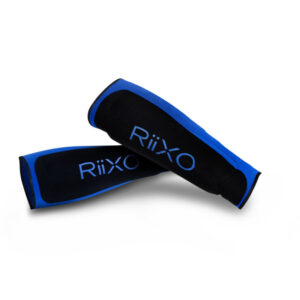
 British Triathlon: Recovery Questions Answered
British Triathlon: Recovery Questions Answered
 The Injury Risk Equation
The Injury Risk Equation
 LJMU Study Findings
LJMU Study Findings
 What are shin splints?
What are shin splints?
 How to treat shin splints [2021]
How to treat shin splints [2021]
No Thanks – I’ll pay full price
Close Window
Close Window
[…] Plan your recovery. Especially your Recovery Golden Hour. […]
[…] Actions: Review your hiking schedule and try to supplement it with some gym-based exercise to strengthen your leg muscles. Equally, it is important to implement a recovery plan to help your body recover, you can read more about this further down the page or by checking out the Golden Hour of recovery. […]
[…] Actions: Review your running schedule and try to find some balance in your sessions. If you are running frequently try substituting one of the days for another activity such as gym work, cycling or swimming. Equally, it is important to implement a recovery plan to help your body recover, you can read more about this further down the page or by checking out the Golden Hour of recovery. […]
[…] Read More […]
[…] Read More […]
[…] the magnitude of muscle damage through Golden Hour protocols; […]
[…] THE GOLDEN HOUR – Here is the benefit of refining your protocols in the 60-90 minutes immediately after exercise […]